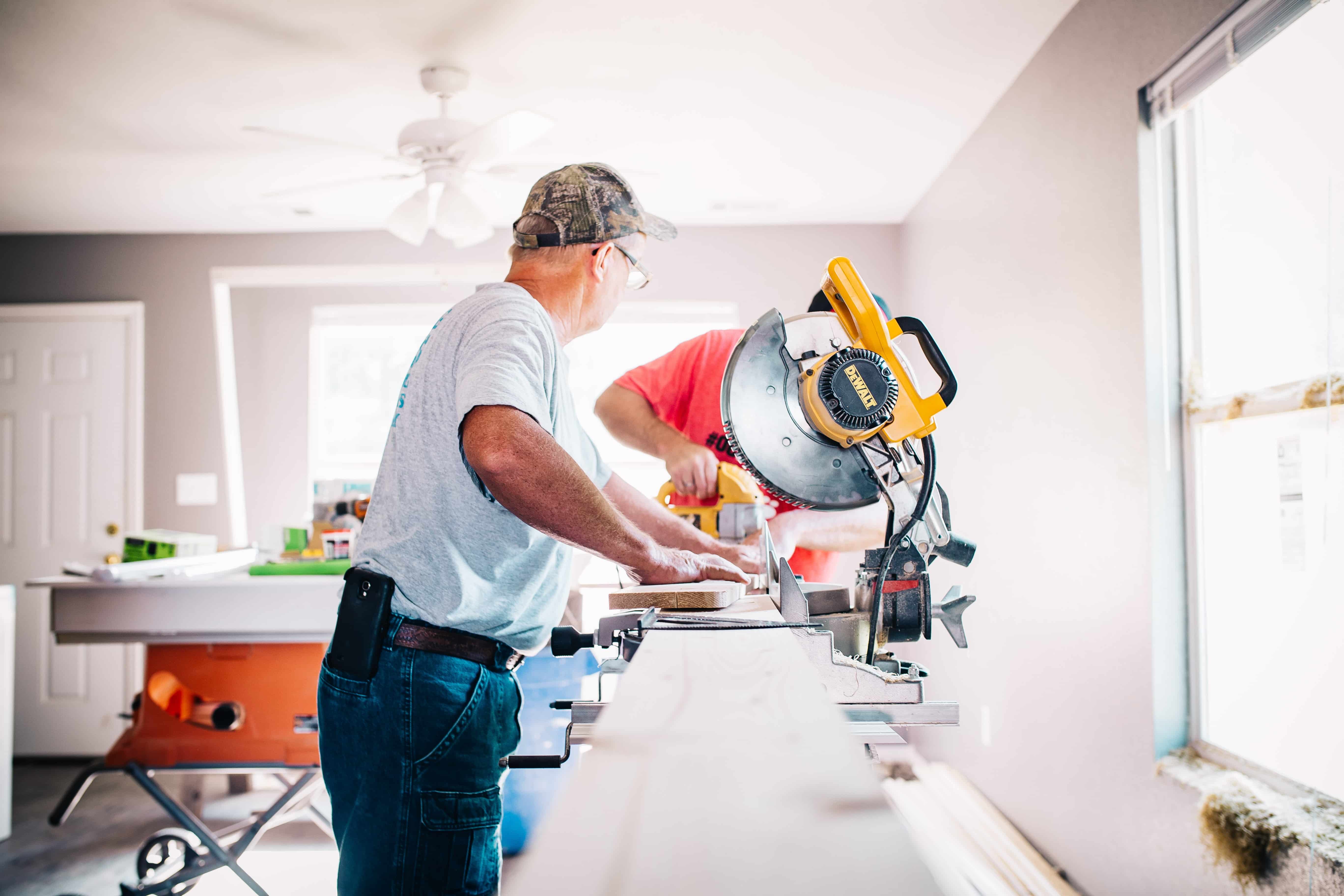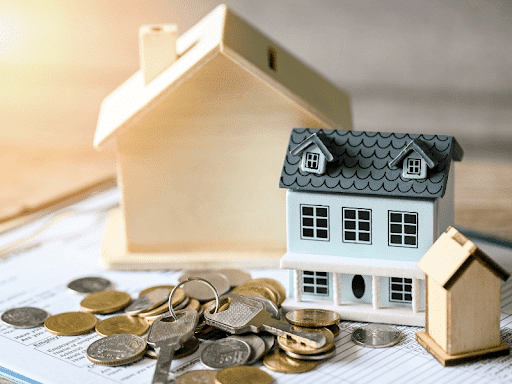Of all the remodels, repairs, and renovations a homeowner can undertake, few are quite as demanding as building a whole new addition. Whether you’re adding a guest bedroom, a second garage, a glass-enclosed sunroom, or something else entirely, additions take a lot of time, work, and money.
Fortunately, at Homeowner Funding we know how to make the most out of all three of those things. As part of the NRIA fund and finance network, we’ve helped thousands of homeowners improve their properties quickly, professionally, and affordably.
Our contractors and consultants know how to stretch a dollar. Want to learn how to do the same? Below, we’ve collected some of the very best tips and tricks homeowners can use to finally build that addition of their dreams, without risking a potential financial nightmare.
Create a Detailed Game Plan, and Then Stick to It
As with most things in life, building an addition is made a lot easier with planning. The more fully thought-out and detailed your plan is, the less likely unforeseen complications are to pop up and mistakes are to be made.
Too often, homeowners begin working on an addition without actually knowing what they want the final product to be. Not only can this lead to all kinds of accidents and plain poor decisions, it can also lead to inconsistency. When it comes to something as involved as home improvements, changing your mind halfway through is one of the worst, most costly missteps a person can make.
Minimize Waste by Planning Around Materials
One strategy worth keeping in mind while you’re devising your game plan is to tweak your ideas to accommodate the materials and fixtures you have rather than hunting down materials and fixtures to fit your ideas. For example, if you have access to an inexpensive kitchen cabinet that’s a little bigger than what you originally envisioned, it might be cheaper to change your vision than to find a different cabinet.
Likewise, you can save yourself a small fortune by planning around scale sizes, rather than relying on custom fabrication. Since drywall is most commonly sold in 4×8 lengths, planning your addition so that its dimensions can be divided into 4×8 sections will allow you to buy the exact amount of materials you need, no more, no less.
Purchase Recycled, Discount, & Bulk Materials
Speaking of materials, it’s important to remember that you don’t have to spend top-dollar to get top-quality. Many homeowners actually overspend when it comes to materials and fixtures, simply because they don’t bother to shop around. There are numerous ways to acquire the materials you need at a fraction of the usual retail price.
Suppliers often offer discounts on “scratch and dent” fixtures and appliances that they can’t sell as “new” despite only showing minor, sometimes barely noticeable damages. Similarly, your local Habitat for Humanity ReStore is a great place to find used vinyl siding, recycled doors and windows, overstock items, and more. Buying in bulk or at auction can also help drive prices down.
Try DIY-ing the Smaller Home Improvements
As tempting as it can be to hand off the entirety of a home improvement project off to your contract and let them worry about everything, the truth is there are a lot of smaller details that don’t need professional training to do right. You can do it yourself with a little time and patience.
This can include everything from demolishing non-load-bearing walls and tearing up old flooring to painting, plastering holes, installing doors, and laying down carpeting. Just make sure you know what you’re doing first, and that you follow proper safety precautions. The only thing pricier than paying for simple work you can do yourself is paying for complex repairs to damage you yourself caused.
Take Advantage of Home Financing Options
Last but not least, the most important thing that any homeowner can do to save money on an addition is take advantage of home financing options. Instead of footing the bill for the project yourself by draining your bank account and abusing your credit cards, Homeowner Funding can help you find a variety of assistance programs to fit your needs.
Home improvement finance resources come in all shapes and sizes, from unsecured personal loans to fund essential repairs to government-backed roofing grants for homeowners. Whether you’re looking to fix your foundation, improve your curb appeal, replace old wiring, remodel the bathroom, or even build an addition, help is available. There’s no reason to not use it.
When you’re ready to start your home remodel, Homeowner Funding will be there to help with loan options you can afford.
Contact us today to see what your options are!










